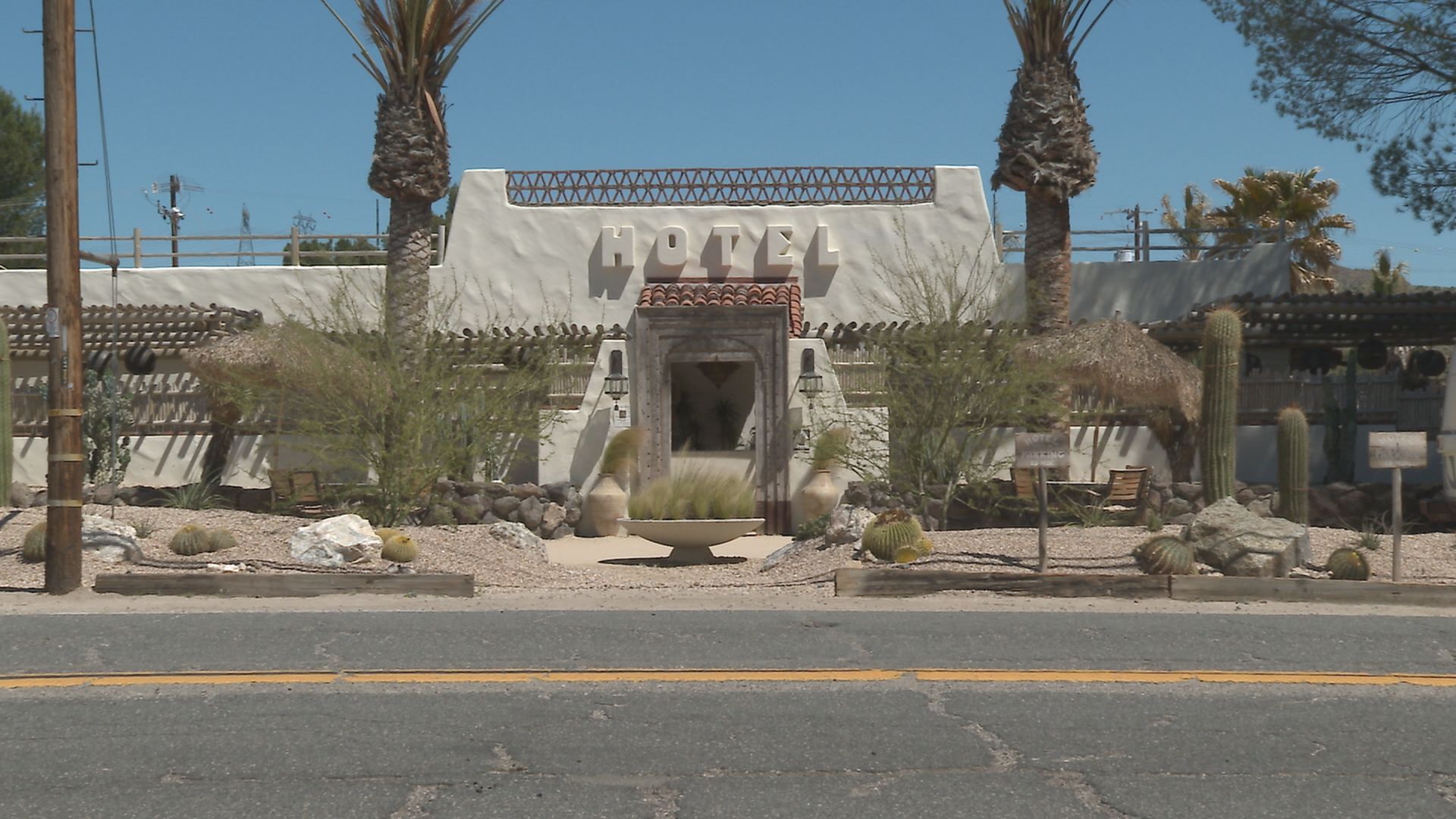Kelvin Crosby was thrilled when he rode in the driver’s seat of an autonomous car for the first time. An adaptive technology instructor for the San Diego Futures Foundation, Crosby was at the Consumer Electronics Show in Las Vegas two years ago.
“It was a lot of fun,” he said. “I thought, I can’t wait to be able to move this thing forward, to be able to have the freedom that I want.”
Crosby is legally blind. At age 13, he was diagnosed with Usher Syndrome Type II, which results in hearing loss and progressive vision loss. He uses hearing aids, and has a field of vision about the size of a straw out of his right eye.
That hasn’t stopped Crosby. He’s worked as a web developer, making sites accessible for people with disabilities, and with the Futures Foundation, helping develop job training programs.
The experience at CES stuck with Crosby, leading him to found his own tech startup, Smart Guider, in August. The idea behind it was to create a “self-driving” cane that can help blind and visually impaired users navigate obstacles.

“If a car can go 65 miles-per-hour, why can’t I make a blind cane and put all of the technology in a stick? That’s where the vision came from,” he said. “At the end of the day, if I want to be successful in life, I need to be independent.”
Local
Immediately after he got home, Crosby bought a Raspberry Pi (a small computing kit) and began researching how to make an autonomous vehicle. He began soldering together the wires in his garage.
After a close call, he brought in engineering students with UC San Diego and San Diego State University to help develop the first prototype of the product. Last year, they finished the second prototype, which uses lidar sensors, ultrasonic sensors and cameras to route users around obstacles to a destination of their choice.
Next, Crosby wants to develop a version of the cane that can alert users to approaching vehicles, so they can determine when it is safe to cross the street.
Fast Facts About Smart Guider:
- CEO: Kelvin Crosby
- Funds raised to date: $25,000
- No. of local employees: 1 full-time, 11 part-time
- Headquarters: University City
- Year founded: 2018
- Company description: Smart Guider uses sensor and camera technology developed for autonomous vehicles to power a “self-driving” cane to help blind and visually impaired users navigate to a destination.
 Additional stories from the San Diego Business Journal are available here. Sign up for their free daily email newsletter.
Additional stories from the San Diego Business Journal are available here. Sign up for their free daily email newsletter.



